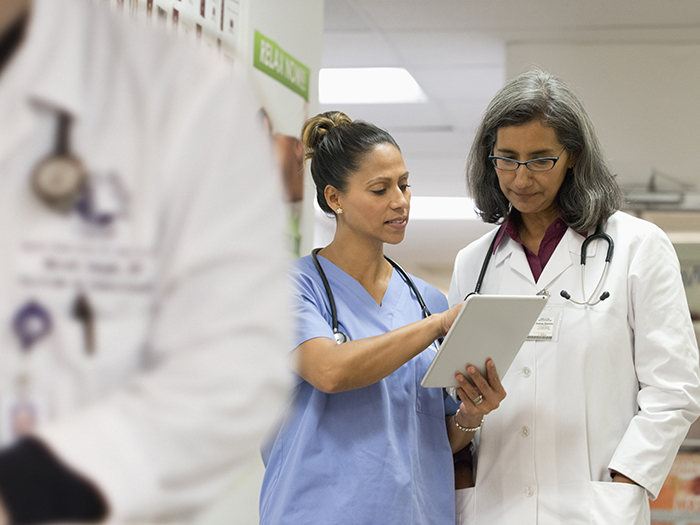Injured Worker Care and Advocacy
A RIMS session looks at how the push to adopt new technologies to support a remote workforce can be used to aid injured worker advocacy.
Topics: RIMS | Workers' Comp | Workers' Comp Forum

There are few things in the world today that the COVID-19 pandemic didn’t disrupt. They ways we work, shop and generally live our lives have transformed by the pandemic.
The workers’ compensation industry is no exception to this disruption. With remote work came new worker safety, injury and ergonomic risks. Early on, claims may have been delayed due to providers closing their offices to non-essential medical care.
In these turbulent times, technology has stepped in to keep workers’ comp claims — and our lives — on track. Telemedicine helped make sure injured workers never missed an appointment. Portable technologies made it possible for claims adjusters to work remotely. And mobile tools have improved claims experiences and outcomes.
“Due to COVID and some of the other events that we’re facing, communication is very key,” said Doug Anderson, regional manager, workers’ compensation claims at Liberty Mutual.
“The injured employee is working from home. It’s one thing to make sure that they’re productive while working from home, but businesses also need to make sure that the work environment is safe for their employees.”
On April 27, Anderson will join Gina Tubbs, west market claims manager at ADP, and Suzette Tierney, director financial risk management and TS northeast claims manager at ADP TotalSource, for a panel discussion on how the move to remote-work and new technology investments have helped improve both injured worker care and advocacy during the 2021 virtual RIMS conference.
The session, “We’re Locked Out of the Office! How Changing to an All-Remote Workforce Helped Improve Injured Worker Care and Advocacy,” will take place virtually from 2:30-3:30 p.m. Eastern Time.
Tech Advances Worker Advocacy
When most people think of the worker advocacy movement, they think of offering support to workers, whether that be through in-person meetings where they explain the claims handling process or through phone calls to check in on their wellbeing.

Doug Anderson, regional manager, workers’ compensation claims, Liberty Mutual
Seldom do they think of the ways in which technology can facilitate this process.
During the panel, Anderson and his co-presenters will discuss how digital tools can help facilitate communication with injured workers, which types of medical care can be effectively provided through telemedicine and how technological investments can help workers’ comp adjusters maintain claims handling excellence.
Understanding how technology can aid in injured worker care and advocacy has been necessary for many organizations in 2020. Early on in the pandemic especially, injured workers had few options outside of telemedicine for continuing their care.
Technology became essential for facilitating communication between their doctors and claims adjusters during these times.
Ongoing and proactive communication became essential, Anderson said, because things changed so rapidly with the virus and phone calls, emails and even text messages helped facilitate those conversations.
“Trying to make medical appointments, follow up, receive therapy, even a lot of the treatment has moved virtual,” Anderson said. “So the key to all that is ongoing and proactive communication.”
Technology didn’t just help facilitate communication, however. It also facilitated care for many workers, something that may continue after the pandemic for soft tissue and musculoskeletal injuries, which can be particularly suited to virtual physical therapy programs.
“Historically, physical therapy has always been done in a physical setting. Individuals are required to drive or receive transportation to the facility where they receive the physical therapy to aid their recovery,” Anderson said.
“With telemedicine, individuals can receive physical therapy and continue the recovery, while remaining at home.” READ MORE.........
